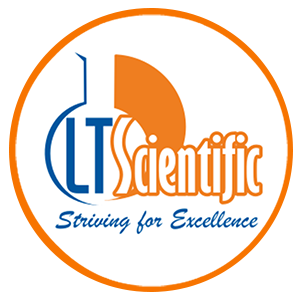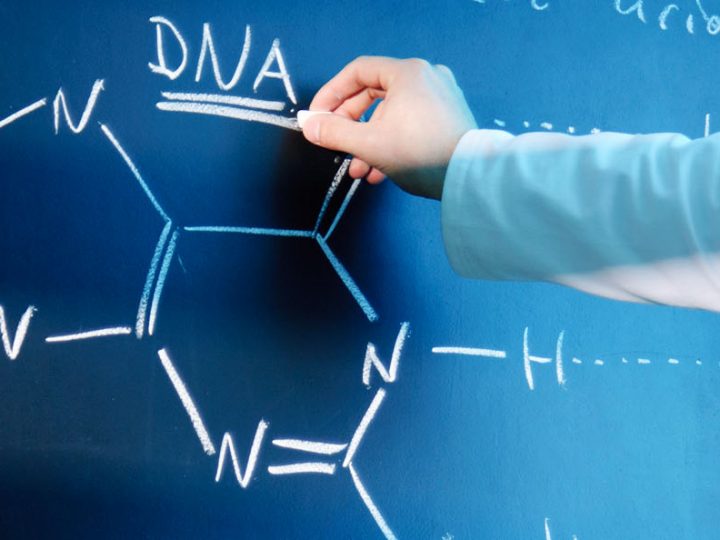Quantitative determination of steviol glycosides (Stevia sweetener)
Stephanie Meyer
The following HPTLC method for rapid analysis of the herbal sweetener in Stevia rebaudiana was developed by Prof. Dr. Morlock, Justus Liebig University of Giessen, and validated during the master thesis of Ms. Meyer, also in cooperation with Dr. Jean-Marc Roussel, consultant in analytical method development and validation, Aix-en-Provence.
Introduction
For centuries, diterpene sweeteners, i.e. steviol glycosides, of the plant Stevia rebaudiana have been used due to their attribute of exceptionally strong sweetness (up to 450 fold if compared to sucrose). In dried leaves, stevioside (ca. 10 %) and rebaudioside A (2–4 %) are present. Since December 2011, steviol glycosides have been permitted for use as food additive and sweetener (E 960) in the EU. For steviol glycosides a daily intake of 4 mg/kg body weight, expressed as steviol equivalents, was defined as acceptable.
The analysis of steviol glycosides is normally performed by HPLC using detection at 210 nm or by mass spectrometry. However, evaluation at 210 nm is difficult for complex food matrices, whereas the routine use of mass spectrometers is cost intensive. As the food industry increasingly develops products sweetened with steviol glycosides or Stevia formulations, a robust HPTLC method was developed for food matrices using a selective derivatization of the steviol glycosides. The performance data of the rapid and cost-effective HPTLC method proved its suitability for routine use in the control of tinctures/fluids, granulates and tablets as well as tea, yoghurt and candies.
Chromatogram layer
HPTLC plates silica gel 60 F254 (Merck), 20 × 10 cm, if required, prewashed with methanol and dried at 100 °C for 15 min
Standard solution
Steviol glycosides were dissolved in methanol as mixtures or individually (30 ng/μL each). For limit of detection, the standard mixtures were diluted 1:3 with methanol. For accuracy, a stevioside solution of 5 μg/μL was prepared for spiking.
Sample preparation
20 mg granulate were dissolved in 20 mL water and diluted with methanol 1:5. 3 g tea were extracted with 200 mL boiling water and filtered after 5 min. One tablet (60 mg) was dissolved in 10 mL water and diluted 1:10 with methanol. 200 and 50 μL of fluids I and II, respectively, were filled up to the 2-mL mark with methanol and diluted 1:10 with methanol. Sea buckthorn candies were pestled in a mortar and 1 g was dissolved with 50 mL methanol. After ultrasonication for 15 min, the extract was centrifuged at 3500 U for 3 min and the supernatant was used. For method validation, 100 mg natural yoghurt each were spiked with stevioside at 3 different concentrations of 0.02, 0.13 and 0.2 % (additions of 4, 24 and 40 μL of the 5-μg/μL solution), homogenized and dissolved in 2 mL using methanol. Thereof 5 μL were applied (50, 300 and 500 ng/band).
Sample application
Bandwise with Automatic TLC Sampler (ATS 4), 22 tracks, band length 7 mm, track distance 8 mm, distance from lower edge 8 mm and side edge 16 mm, application volume 1–5 μL (samples) and 1–20 μL (standards)
Chromatography
In the Automatic Developing Chamber (ADC 2) with 10 mL ethyl acetate – methanol – acetic acid 3:1:1 (v/v/v), migration distance 60 mm, drying time 30 s before and 2 min after development
Postchromatographic derivatization
The HPTLC plate was immersed in the ß-naphthol reagent (2 g ß-naphthol were dissolved in 180 mL ethanol and 12 mL sulfuric acid 50 %) using the Chromatogram Immersion Device (immersion time 2 s, speed 3.5 cm/s) and heated on the TLC Plate Heater at 120 °C for 5 min. The reagent stored in the refrigerator is stable for months.
Documentation
The chromatograms were documented under white light illumination (transmission and reflection mode) using the TLC Visualizer.
Steviol glycosides: Stevioside (St) Rebaudioside (Reb) Dulcoside A (Dulc A) Steviolbioside (SB)
Structure of steviol glycosides (R1 and R2: different sugars)
Densitometry
TLC Scanner 3 with winCATS software, absorption measurement at 500 nm, slit dimension 5 x 0.3 mm, scanning speed 20 mm/s, evaluation by polynomial regression
Results and discussion
After a reduced sample preparation, steviol glycosides in Stevia products on the market (fluids, granulates and tablets) as well as in food (tea, yoghurt and sweets) were separated in only 20 min. After derivatization with the ß-naphthol reagent, the plates were documented and then evaluated quantitatively after absorbance measurement at 500 nm.
Chromatogram (excerpt) and analog curves of samples and standard mixtures
For method validation, natural yoghurt was spiked with stevioside. The chromatograms clearly showed the stevioside zones without any interfering matrix. The specificity of the method was sufficient for the different sample matrices depicted. The limit of detection and quantitation (S/N 3 and 10) was determined to be 10 and 30 ng/band (peak height or

